The long-awaited new national standard for low-speed electric vehicles has not yet been introduced, and the low-speed electric vehicle market has been demoralized due to the delay of industry policies, the impact of high-speed electric vehicles (ie, pure electric passenger vehicles), and the remediation of local traffic management departments. How much market for low-speed electric vehicles have high-speed electric vehicles robbed? How do low-speed dealers view the competition between high-speed and low-speed vehicles? What will the future competitive landscape look like? The editor surveyed 26 dealers and chatted with low-speed car, high-speed car companies, and dealers. Most dealers believe that high-speed cars have robbed 20-30% of the market. Moreover, although high-speed vehicles can be licensed is the biggest relative advantage, dealers estimate that a considerable proportion of high-speed vehicles are not licensed, that is, like low-speed electric vehicles on the road without a license. High-speed cars steal 20%-30% of the market "The so-called increase in this wave of high-speed cars the year before last year was actually the low-speed car market." A general manager of low-speed brand sales summed up in this way. What about the specific market share? Since there is no detailed statistics, the editor conducted a questionnaire survey on the low-speed car dealer group. The 26 low-speed car dealers returned to assess the impact of high-speed vehicles, of which 42.31% of the dealers believe that high-speed vehicles have robbed 20-30% of the market share. The biggest consensus: 20-30% of the market is robbed A sales manager of a low-speed car brand in Henan estimates that high-speed cars have grabbed 20% of the low-speed car market. He recalled that since 2014, high-speed electric vehicles have been impacting the low-speed electric vehicle market. He entered the business in 2013. In the early stages of low-speed cars, there were brands such as Yujie, Tang Jun, Shifeng, Baoya, etc., and they generally sold for 30,000, 37,000 and 38,000. At that time, high-speed cars had Jiangling E100, Zotye Cloud 100 and other models, and the price was around 49,800. "Although it is eight or nine thousand yuan high, some consumers still choose high-speed cars." He said that although it is a high-speed car, buyers often do not have a driver's license or permit to go on the road. "Even if he has a driver's license and a driving license for his car, he can get a license, but it won't." "Except for the Chery manufacturer and Zotye E200, they are still willing to develop new molds. Other'high-speed cars' are modified from low-speed cars. The entire closed loop is a closed loop of low-speed cars." He said. High-speed cars are also sold as low-speed cars Are high-speed electric vehicles on your market? There are also some consumers who are actually car consumers. They buy BYD, Tengshi, Roewe, etc., focusing on the workmanship and quality of the models, but they are basically in the county and the number is very small. In 2015, Reading provoked a low-speed car price war, and the price went lower and lower, shrinking to a lower category. However, high-speed electric vehicles still continue to explore. For example, Jiangling sold 42,800, and Zotye Cloud 100 sold 41,800. The BAIC EC180 terminal price is 59,800 and 55,800. After the listing, many dealers are rushing to do it. He said, “A first-level dealer can make a profit of 10,000 yuan per car, and a lower-level dealer can have a profit of 7,000 yuan.†Three dealers also said that as much as 50% of the market was taken away. Li Guangdong, a dealer of Chery Automobile in Jining, used to be a low-speed car dealer, and started to change to high-speed vehicles in 2015. He also thinks that it is as much as 50%. The reason that prompted him to change was the large-scale traffic regulation behavior, and low-speed cars could not be put on the road, which directly affected sales. In the survey, more than half of the dealers believe that the reason why consumers in the low-speed car market buy high-speed is that they can be licensed. In addition, 23% of people believe that the taller high-speed cars are the reason consumers pay. A fresh trick for high-speed cars: you can get a license Why do people buy high-speed cars in your market? Another reason for Li Guangdong to give up low speed is that low-speed cars are not safe enough compared to high-speed cars, and the protection of occupants in accidents is not enough. He estimated that in Jining, high-speed cars have taken away nearly half of the market for low-speed cars. "Where are the low-speed cars currently sold? Rural towns. There is no longer any low-speed cars sold in the urban areas." The reason for buying high-speed cars, in addition to being able to get on the road, he believes that consumers' understanding of electric cars is also growing. Including the increase in the range of electric vehicles, there is even a market after the purchase price has been increased by 10,000 or 20,000. Use subsidies to grab the market Are the high-speed cars sold in your place sold after receiving subsidies from other provinces? Li Guangdong said, “This part of the customer group of new energy vehicles is bought as the second car in the family. There is already a petrol vehicle at home, and there is no need to buy a petrol vehicle.†Local remediation and compression of the market The aforementioned general manager of low-speed brand sales said that high-speed vehicles, including the BAIC ec180, have had a positive impact on low-speed vehicles in the main markets of Shandong and Henan. However, he said that the impact of high-speed cars will have boundaries. Low-speed car companies have sunk their channels from the third and fourth lines to the fourth, fifth, and fifth and sixth lines, but high-speed cars will have boundaries. The price of low-speed cars has gone from around 30,000 to more than 20,000. It is impossible for the high-speed car to continue going down. The aforementioned Henan low-speed car brand sales manager also believes that at present, the impact of high-speed cars on low-speed cars has little. "Subsidies for high-speed electric vehicles have dropped. Although they have launched a 350-kilometer-endurance car, the price is only 80,000 or more, which is not good." He said that the big influence now is the policy. "Now several counties in Anyang, Xinxiang, Zhengzhou, etc. are under control." Moreover, "one prefecture-level city fluctuates, affecting all counties." He introduced that many dealers bought 15 or 20 units a month, but now even if they can sell, they still buy cars one by one. Li Guangdong also said that Shandong is also inspecting vehicles on a large scale, "Jining, Linyi, Heze, Tai'an, Jinan, Liaocheng, Zaozhuang... all inspect vehicles." As a result, this year's low-speed cars can hardly be sold. In this context, the advantage of high-speed cars that can be licensed continues to exist. High-speed future strategy: second-hand cars or "double 80" models Due to the decline of the subsidy policy, the momentum of high-speed cars grabbing the low-speed car market has eased. So will high-speed cars return the market to low-speed cars in the future? According to the aforementioned analysis of the general manager of low-speed brand sales, high-speed car companies may have two strategies in the future. The first way is to hit the low-speed car market through second-hand cars. A large number of A00-class vehicles produced by pure electric passenger car companies, in order to snatch subsidies, either through time-sharing leases or through dealers in large numbers, but they have been idle. If these vehicles are resold to the low-speed car market, there is still a chance of winning on the books. The above-mentioned Henan low-speed brand sales manager said that the high-speed electric vehicles sold by car-sharing operators are basically unavailable, especially the two-door two-seater. "First, for example, Zhidou's D1 "little yellow car" does not look like a new car in terms of texture or car condition." Secondly, there are high-speed first-hand car dealers in many places, and they did not sell well. But he also said that the four-door, four-seat quasi-new car may have certain selling points. If the ec 180 and the cloud 100 are sold at retail sales of 27.8, they cannot exceed 30,000, and they are 70% to 80% new. They are sold with the concept of quasi-new cars. For example, the excuse is that they are shared cars. Very few people drive, and some will buy them. "Regardless of high speed or low speed, the Chinese people buy cars with the same philosophy, that is, they are big and cheap." Unpredictable prospects for second-hand high-speed cars Can a second-hand high-speed electric car (referring to a real second-hand car with a certain mileage, not a quasi-new car with a license) sell? Li Guangdong believes that if the price of second-hand high-speed cars is similar to that of first-hand low-speed cars, they can be sold. "Although it is a used car, the quality will be better. After all, it is a car." The second strategy for high-speed vehicles is to further explore the market by launching the "Double 80" model, and truly impact low-speed vehicles. The so-called "double 80" refers to models with a cruising range and a top speed of 80 kilometers per hour and 80 kilometers per hour respectively, which have similar performance to low-speed electric vehicles, but have better quality. However, such high-speed electric vehicles, although they do not receive subsidies, can be licensed. In addition, because of the reduction in the price of power batteries and the reduction in power consumption, the price will be relatively low, and relatively low-speed vehicles are also somewhat competitive. Low-speed car counterattack: do timeshare leasing? For the growth of pure electric passenger vehicles in the past two years, much of the credit should be attributed to the time-sharing lease of electric vehicles. Some people have suggested that in the low-speed electric car market, can it be time-sharing leasing? The aforementioned general manager of low-speed brand sales said that there are some obvious advantages in using low-speed electric vehicles for timeshare leasing in third- and fourth-tier cities. First of all, in this market, 30 to 40% of households have cars, and a certain car culture has been formed. Secondly, the third- and fourth-tier cities are small in size, have a small radius of operation and maintenance, and have simple road conditions. Third, the public transportation facilities in these places are not well-developed and there is a need for travel tools. Compared with the use of high-speed vehicles for time-sharing leases, a high-speed vehicle can be purchased for two or three vehicles at the price of the car, which can form a large-scale supply in the market. Only when the scale effect is formed and everyone is convenient, can the market be educated. However, there are many voices that are not optimistic. The prospects for low-speed car sharing leases are expected to split In your market, is it feasible to use low-speed electric vehicles for time-sharing (referring to an operating model that can rent cars by the hour)? The above-mentioned Henan low-speed brand sales manager believes that low-speed car rental is not feasible. First of all, there are many places where low-speed cars cannot be insured, and there is no cover for accidents. "Unless the operators spend their own money. However, even if the major dealers in Shandong and Henan can sell two to three thousand vehicles a year, they cannot afford the risk of one car." He introduced that a car dealer in Xuchang had considered using Chery Ants and low-speed cars for time-sharing at the same time. However, Chery Ant was negotiated with the competent authority, but low-speed cars were not allowed. The reason is that low-speed cars cannot be insured, "If something goes wrong, you have to take full responsibility." "If the new national standard for low-speed cars is launched, there is a possibility." He said, but it may be just a gimmick and not profitable. It is to sell a car to make a gimmick, to show consumers that this car can be used as a shared car, and it can definitely go on the road normally. A lot of worries If it is said that it is not feasible to use low-speed electric vehicles for time-sharing, why? (Multiple choice) Li Guangdong is also not optimistic about the time-sharing lease of low-speed electric vehicles. He believes that the time-sharing lease is impossible because it cannot be licensed. "Unless the local government gives the low-speed electric vehicle an identity and a license." He also believes that the safety of the vehicle is not good. Once an accident occurs, there is no safety guarantee. He is also not optimistic about the time-sharing lease of high-speed cars. He introduced that 100 EC180s were installed on the Jining EVcard. "From the information I have so far, the operation is very poor. Timeshare leasing is relatively slow in Shandong." When low-speed cars are used for time-sharing, the obstacle is still a problem of identity. Since the national standards for low-speed electric vehicles have been solicited for opinions, there has been no definite progress. From the ecological point of view of the low-speed car market, this market will continue to exist for a long time. The current trend is that the low-speed car market competition is biased towards larger cars. On the other hand, high-speed cars are becoming low-speed. In this case, it should be clear as soon as possible. Standards for low-speed vehicles and industry management policies guide low-speed vehicles to become normal, as well as healthy competition among various categories.
This 12 port Usb charger has strong compatibility and can support iPad, iPhone, Samsung Huawei, tablet and other devices. At the same time, this type of 12 port mobile phone charger with built-in smart IC chip can automatically provide the best current for your device, which can provide up to 2.4A, increasing the charging speed by 30%.
12 Port Usb Charger,Ipad High Charger,12Port Mobile Phone Chargers,12Port Usb High Power Charger shenzhen ns-idae technology co.,ltd , https://www.best-charger.com
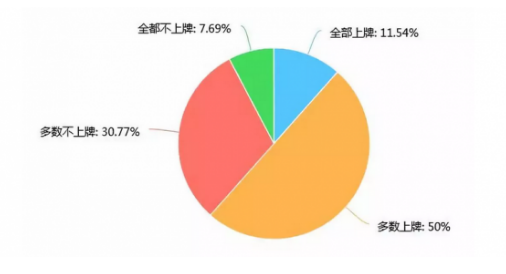
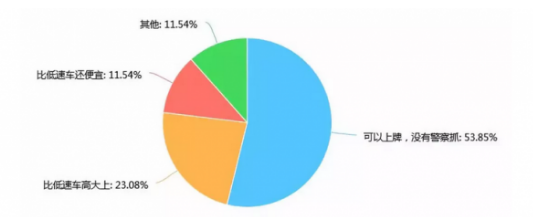
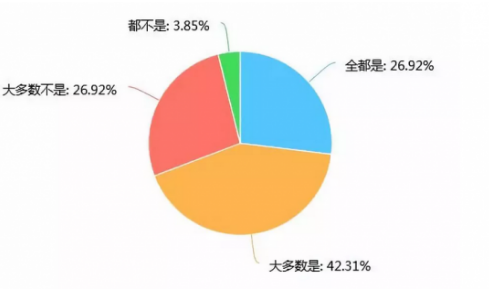
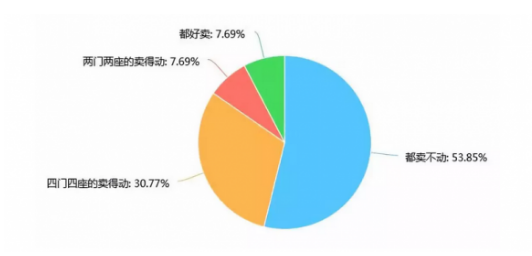
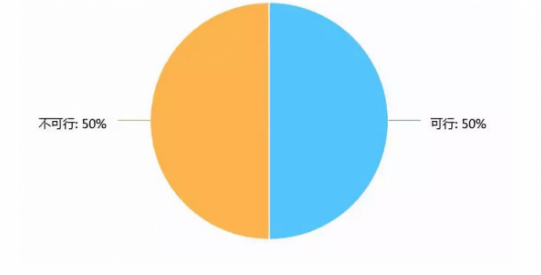
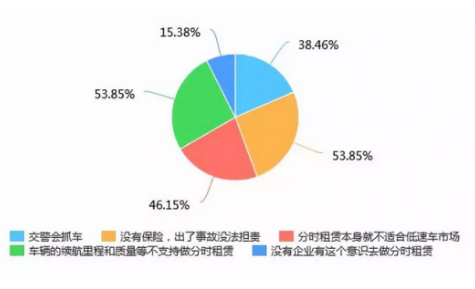
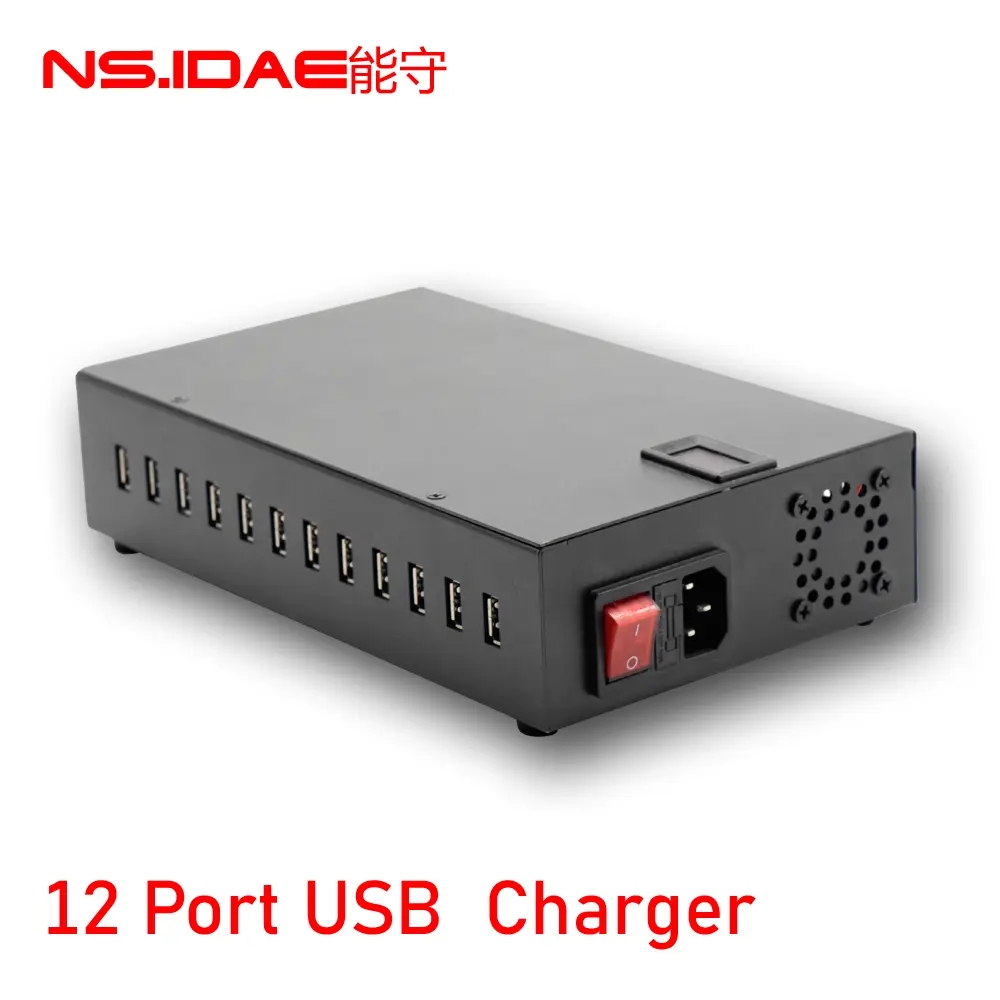
Why did high-speed cars take away 20-30% of the market share of low-speed cars? How did you grab it?
12 port smart USB charger